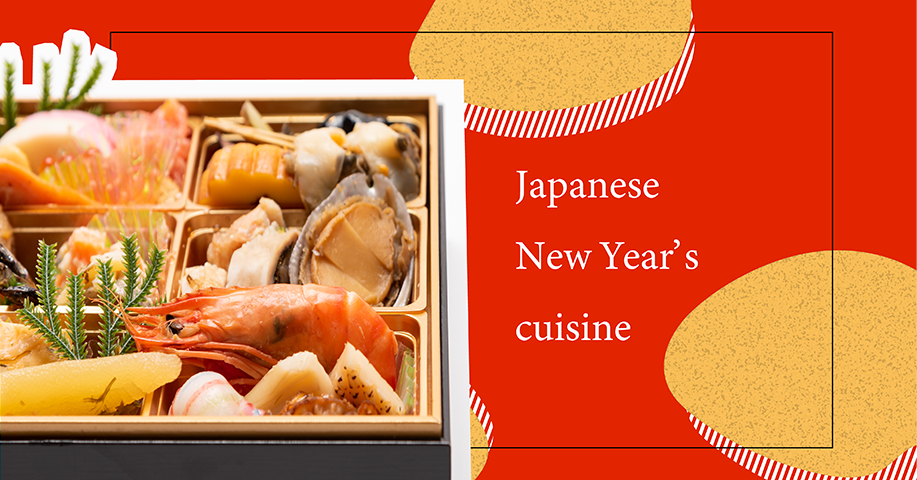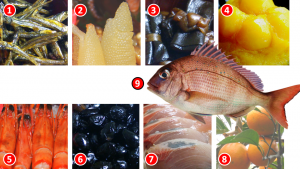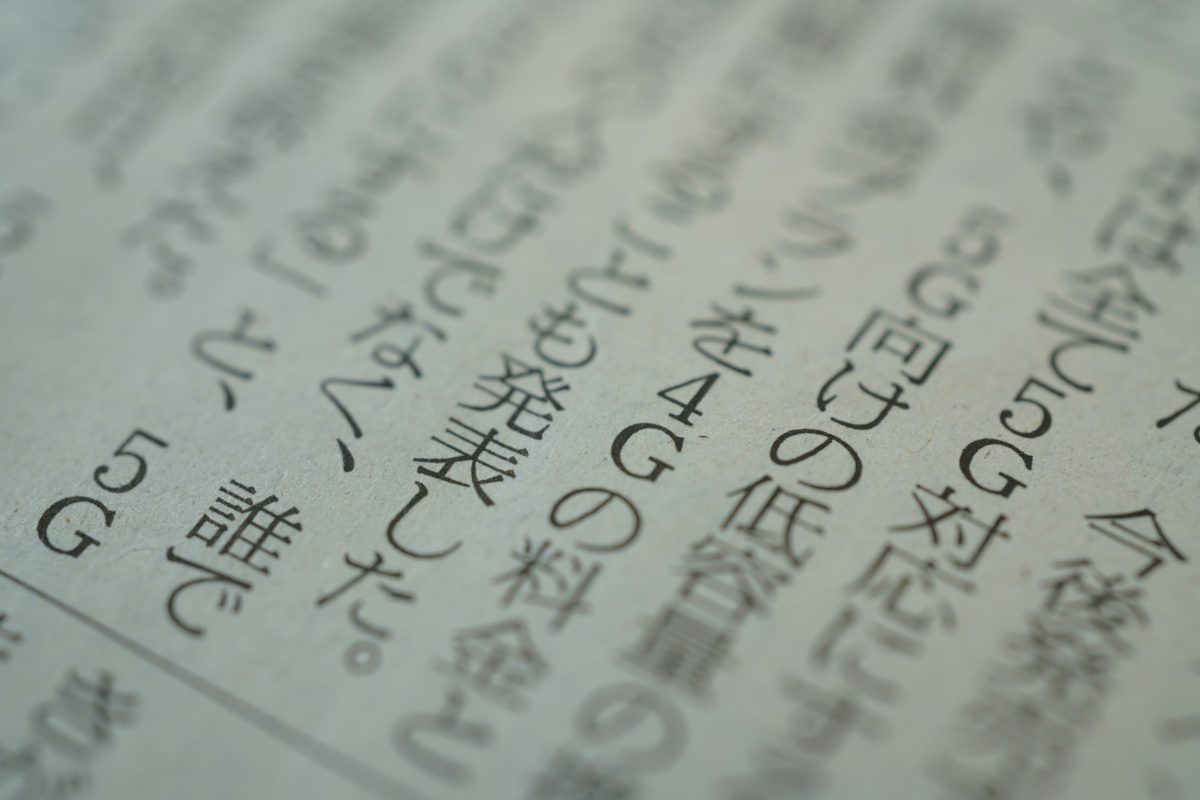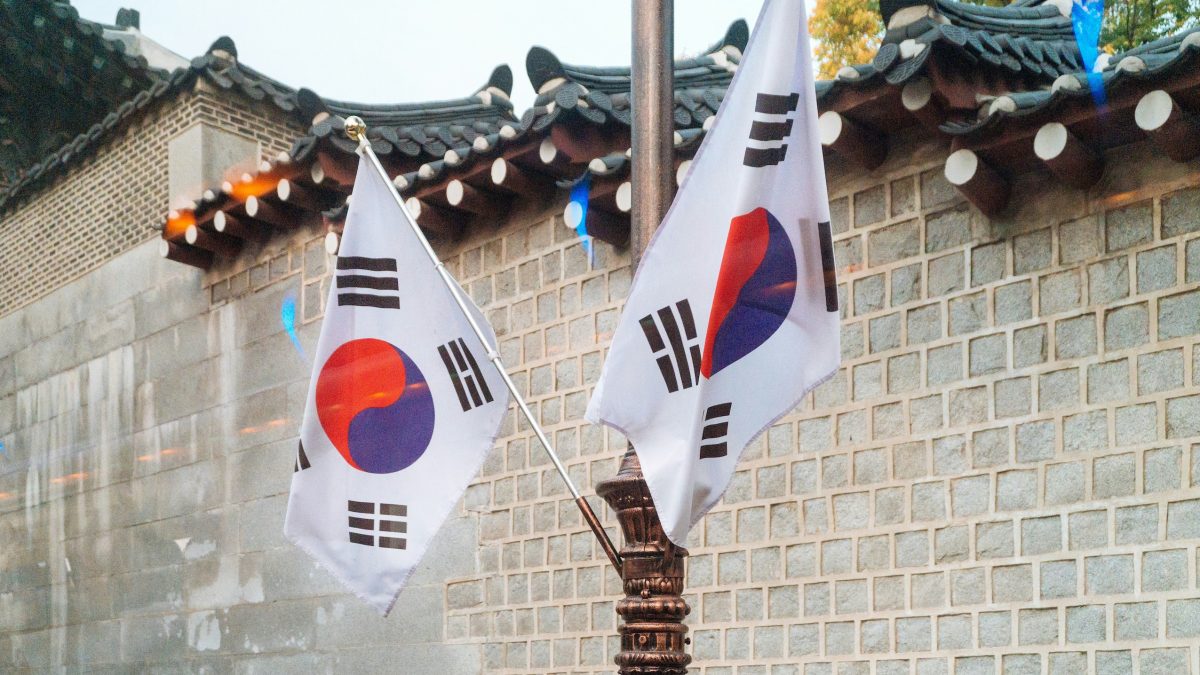
*For audio recording purposes, some parts of the blog may vary.
Japan celebrated the arrival of 2021 under extraordinary circumstances: during a pandemic. Many things were unusual, but not the festive cuisine laid out on the dinner table. This year, as hundreds of years in the past, Japanese tables were adorned with osechi-ryōri, special dishes that usher in the New Year loaded with meaning – ranging from culture-intensive symbolism to outright puns.
Osechi played a major role in Japanese food culture being recognized by UNESCO as an Intangible Cultural Heritage of Humanity in 2013. Osechi consists mainly of dishes prepared during the end of the previous year. These dishes remain edible for days, which frees meal preparers from the burden of cooking during the usual three-day New Year’s break. There are also regional differences and changes over the years that have brought sashimi (raw fish) into the mix.
Now that another New Year’s season has come and gone in Japan, it’s time to take a look at the puns and symbols that come in the form of traditional New Year’s cuisine.

Contents
1. Tazukuri (田作り)
Tazukuri are candied sardines. You might find that hard to imagine, but they’re actually not so bad if you like sweet seafood. The name dates back centuries to when dried sardines were used as fertilizer in rice fields, hence the name 田 (rice paddy) and 作り (make, prepare). The wish behind the dish is for a bountiful year ahead, but perhaps you’d rather not know that the food you’re about to eat gets its name from fertilizer? Actually not too many Japanese people are aware of the name’s origins either, so don’t worry.
2. Kazunoko (数の子)
Eggs, such as the Easter egg that is loved by families in western culture, symbolize fertility. In Japan they also have their fertility-symbol eggs, but in their case it’s fish eggs. Herring roe are a mainstay in osechi based on symbolism and wordplay, as the name kazunoko is comprised of kazu which means “number” and ko meaning “child.” Added to this, kazunoko are also considered good luck because of their golden color. Think of it as the go-to fish eggs if you want to be rich and have lots of kids.
3. Kobu (昆布)
Devil’s Apron is a rather bizarre English name for this seaweed, but in Japan it is considered a harbinger of joy because of word-play associating it with 喜ぶ (yorokobu) which means “being joyful/happy.” It’s a pun, folks! This kelp from the family Laminariaceae, species Saccharina japonica, is used regularly in Japanese cooking as a source of tasty and nutritional dashi soup stock. But in terms of osechi, it appears as kobumaki (昆布巻き), where the kelp are rolled into bite-sized morsels.
4. Kurikinton (栗きんとん)
According to a survey held in December 2020, kurikinton was the most popular osechi food achieving 48.4% of votes. Kurikinton is made from sweet potato paste and chestnuts, and like kazunoko, a big aspect of its appeal is its golden color. And the name of this dish is suggestive of wealth, too. 栗 (kuri) means “chestnut,” while きんとん (kinton) which is usually written in hiragana characters, is 金団 in kanji (which carries the meaning “golden dumplings”). This favorite from kiddies to the elderly is a must-eat when New Years comes around.
5. Ebi (海老)
Ebi are prawns. The built-in joke in this case ties in to the kanji character usage for this delicacy, where 海 means “ocean” and 老 means “elderly.” Not a play on words, but a play on kanji. This name offers up a visual image of being bent over like an old person, which might not be positive in this day and age, but is traditionally considered celebratory because it implies long life. Combined with the other dishes, the prawns play their part in the overall “live long and prosper” messaging that osechi offers.
6. Kuromame (黒豆)
Kuromame, literally black beans, are a bringer of health and stability, as mame also means “health” and to “live diligently” in addition to “beans.” These beans are not a flashy food by any means, in terms of looks or word-play, but one should beware that there are deluxe versions sold at department stores, where the black beans are decorated with pieces of real gold leaf.
7. Buri (鰤)
The English-speaking world goes by the name “yellowtail,” but in Japan, this fish changes names many times on its way from small-frydom to adulthood, and this “promotion through the ranks” makes it a lucky item for those with strong upward aspirations. Although there are regional differences in the names, it goes something like this: Mojako > Wakashi > Inada > Hamachi > Buri. Success, your fish is complete! If it’s served as sashimi, chances are it’s still at the hamachi stage, but if it’s cooked as teriyaki then most likely it is a slice of fully grown buri. The name is not a pun per se, but the concept is a keeper.
8. Daidai (橙)
Fruit has fertility connotations in just about every culture. In Japan, daidai, or Japanese Bitter Orange, suggests fertility and prosperity through its naming. When written as 代々, it means “from generation to generation,” making it the bringer of prosperity to future generations, as well as a full-blown dad joke passed down through the ages. As ornamentation, daidai are placed atop mochi rice cakes (a separate story which we’ll cover in a separate blog post).
9. Tai (鯛)
The red sea bream is considered the bringer of celebration and festivity because the name tai sounds like the latter part of medetai, symbolizing an auspicious event. This fish is considered to be especially festive with its head (okashira, 御頭) intact. In fact, this punny pescado comes out for a variety of occasions not limited to New Year’s because it has two main factors going for it – the word-play with tai, and the head representing success (as in becoming the “head” of a group or community).
Although sea bream is consumed as sashimi, around osechi season it’s more likely served salted and broiled.
Every New Year’s, the Japanese people have their osechi; some because they actually like the taste, but overwhelmingly because it’s tradition. Many of these morsels have endured for centuries, puns and symbolism intact. This lineage brings us to the present day, where puns remain an integral part of life in that country, from the punch lines (ochi, 落ち) of traditional rakugo (落語) storytelling, to the oyaji gyagu (オヤジギャグ, dad jokes) that older men use to terrorize younger generations. In other news, the difficulty of translating puns from Japanese to English and vice versa makes this language pair challenging and worthwhile, all year round.
Douglass McGowan






